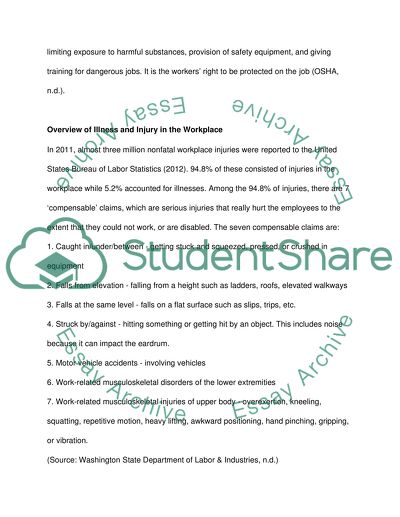Cite this document
(“Injury and Illness Prevention Program Term Paper”, n.d.)
Injury and Illness Prevention Program Term Paper. Retrieved from https://studentshare.org/miscellaneous/1606818-injury-and-illness-prevention-program
Injury and Illness Prevention Program Term Paper. Retrieved from https://studentshare.org/miscellaneous/1606818-injury-and-illness-prevention-program
(Injury and Illness Prevention Program Term Paper)
Injury and Illness Prevention Program Term Paper. https://studentshare.org/miscellaneous/1606818-injury-and-illness-prevention-program.
Injury and Illness Prevention Program Term Paper. https://studentshare.org/miscellaneous/1606818-injury-and-illness-prevention-program.
“Injury and Illness Prevention Program Term Paper”, n.d. https://studentshare.org/miscellaneous/1606818-injury-and-illness-prevention-program.


